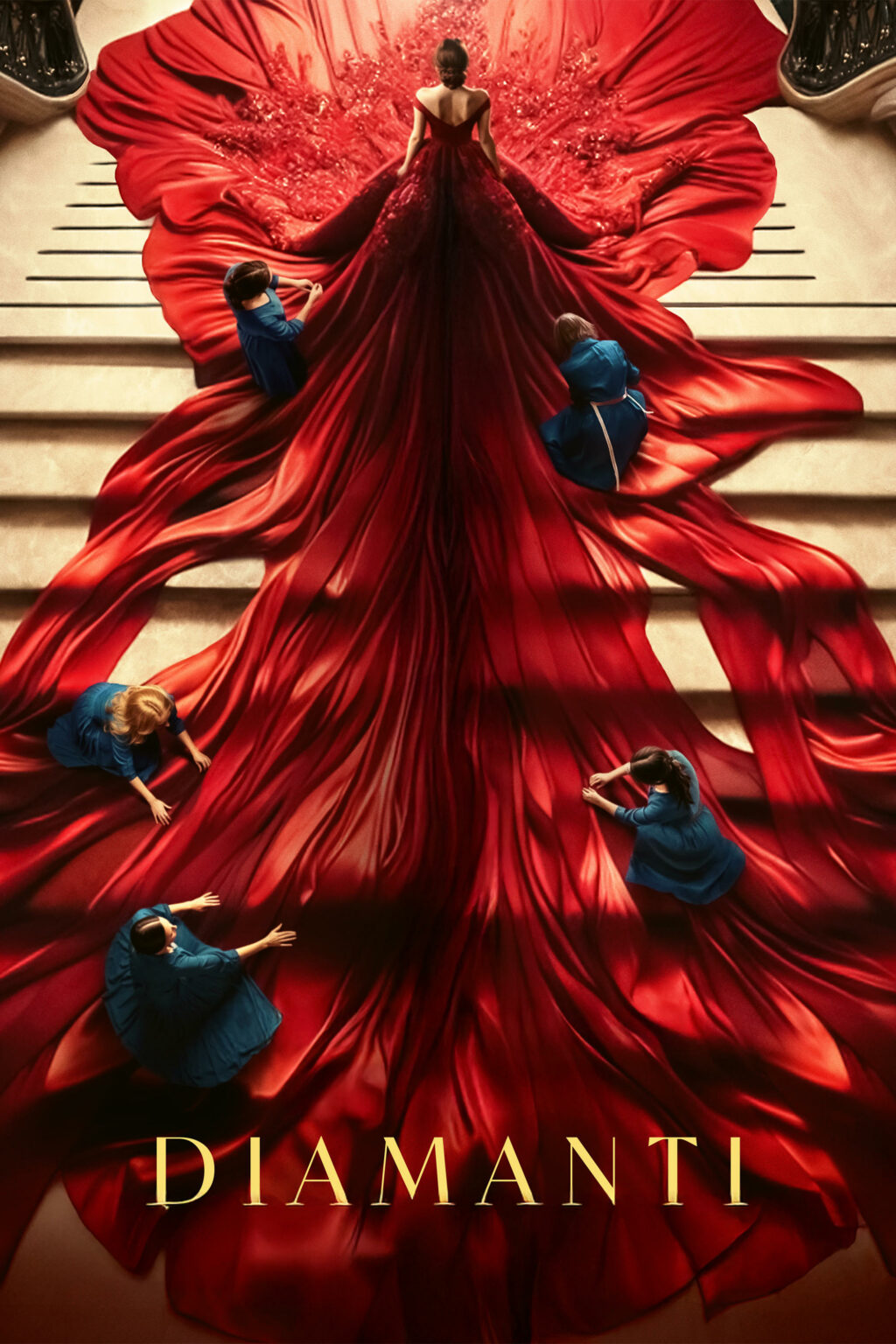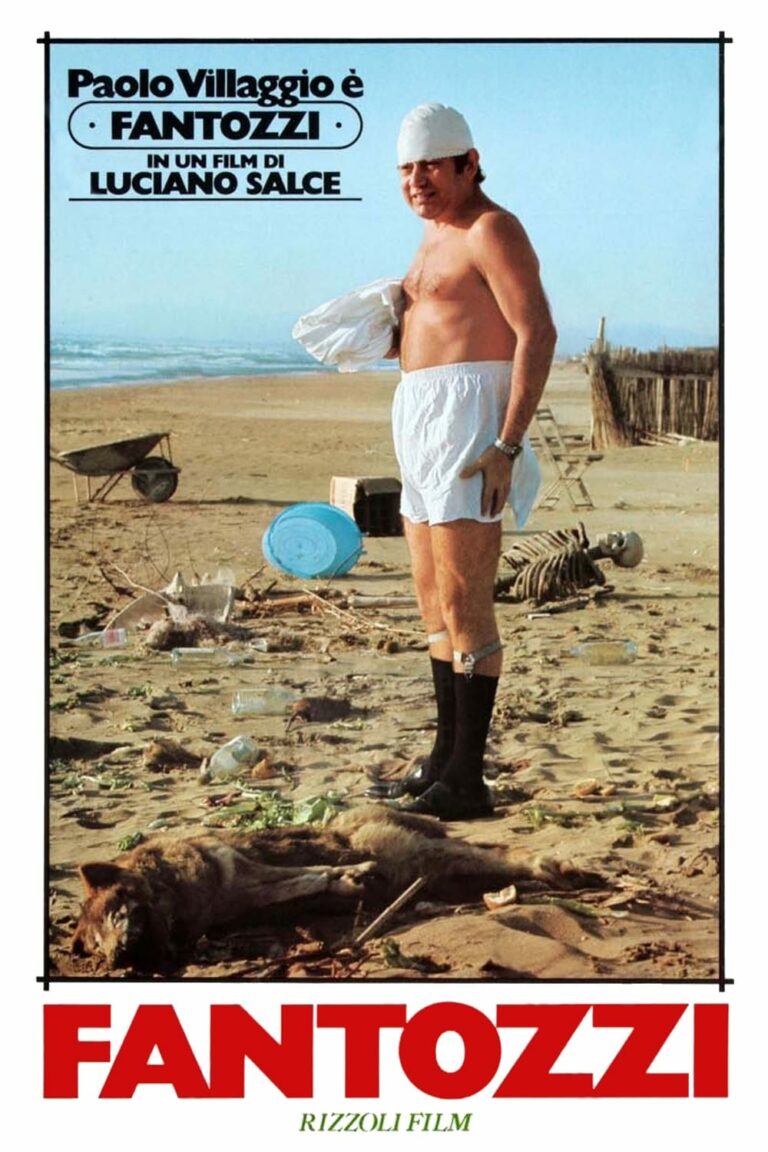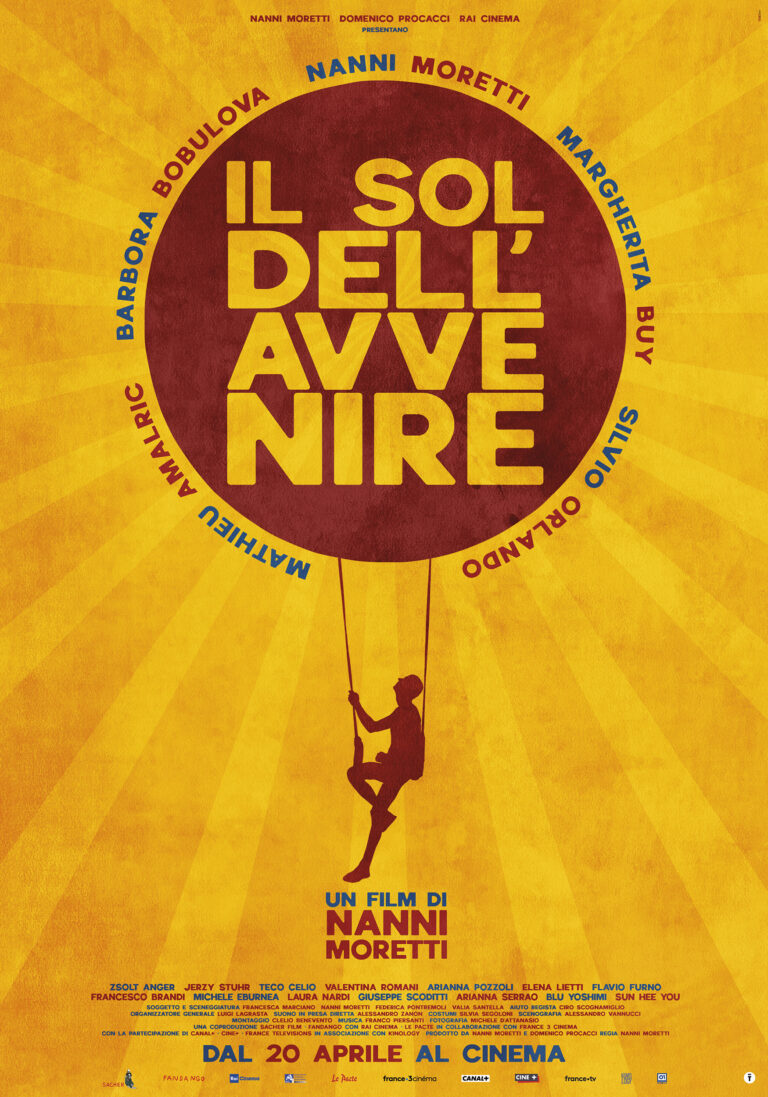
Diamanti (Diamonds), the 2024 Italian drama by acclaimed director Ferzan Özpetek, is a heartfelt tribute to women, art, and the world of costume design. Set in 1970s Rome, the film delves into the lives of women who work in a dressmaker’s atelier, capturing their triumphs, struggles, and the unbreakable bonds that connect them. With its mix of reality and fiction, Diamanti offers a rich and layered exploration of creativity, camaraderie, and identity, creating a cinematic experience that is both timeless and deeply moving.
Plot Overview: A Tapestry of Women’s Lives
The story of Diamanti unfolds in a Roman dressmaker’s atelier where women dominate the scene, sewing and designing costumes for theater and film. The atelier is a vibrant space of creativity and passion, where the hum of sewing machines accompanies the stories, anxieties, and aspirations of its workers.
At the center of the narrative are two sisters who run the atelier, each representing different facets of the creative and emotional struggles that come with their craft. The arrival of a film director, who uses the women as muses for his latest project, introduces a blurring of reality and fiction. The actresses playing these women bring their personal stories to life on screen, mirroring the complexity of their characters’ lives and further deepening the emotional resonance of the film.
Through themes of competition, solidarity, and unspoken dreams, Diamanti captures the essence of womanhood, art, and the power of collaboration in a world that often underestimates the contributions of women in the creative arts.
Characters and Performances
The ensemble cast of Diamanti features some of Italy’s finest actors, each delivering nuanced performances that bring depth to the characters and the themes they embody.
- Luisa Ranieri: Plays one of the sisters who run the atelier, portraying a character with strength, determination, and a deep connection to her craft.
- Jasmine Trinca: Portrays the other sister, bringing emotional complexity and vulnerability to the role as she navigates the demands of creativity and family.
- Stefano Accorsi: Adds a subtle yet significant presence as the film director, offering a perspective on how art and life intersect.
- Kasia Smutniak: Represents the layered personalities of the atelier’s workers, capturing their joys, fears, and aspirations with precision.
- Anna Ferzetti: Brings warmth and depth to her role, highlighting the camaraderie and occasional tensions that arise in a group of strong-willed women.
The chemistry between the cast members enhances the film’s focus on community, collaboration, and shared experiences.
Themes in Diamanti
1. Female Empowerment
At its heart, Diamanti is a celebration of women’s resilience, creativity, and ability to shape the world around them. The film places women at the center of the narrative, showcasing their contributions to art and society during an era when their voices were often marginalized.
2. The Art of Costume Design
Costume design takes center stage in Diamanti, not just as a craft but as a form of storytelling. Through the detailed portrayal of the atelier, the film highlights the intricate process of creating costumes and the way they contribute to the magic of theater and cinema.
3. Collaboration and Sisterhood
The film beautifully captures the relationships between the women in the atelier, portraying both the joys of collaboration and the inevitable conflicts that arise in such a close-knit community. This balance creates a realistic and emotionally engaging depiction of sisterhood.
4. Reality and Fiction
The film plays with the line between reality and imagination, as the actresses’ lives often mirror the characters they play. This layering adds depth to the narrative, inviting viewers to reflect on the nature of storytelling and identity.
Cinematography and Visual Aesthetic
Set in 1970s Rome, Diamanti is a visual feast, with its warm, golden tones evoking a sense of nostalgia and beauty. The cinematography captures the rich details of the atelier, from the vibrant fabrics to the intricacies of costume design, immersing the audience in the world of the film.
The use of light and shadow further enhances the emotional tone, reflecting the highs and lows of the characters’ journeys. Every frame of Diamanti feels carefully crafted, a testament to Özpetek’s artistic vision and his ability to transform ordinary spaces into places of magic and meaning.
The Significance of Diamanti
Diamanti is more than a film about costume design—it is a celebration of creativity, collaboration, and the stories that unfold behind the scenes of art. By focusing on women and their contributions to cinema and theater, Özpetek gives voice to those who are often overlooked, reminding viewers of the profound impact of their work.
The film also highlights the emotional connections forged in creative spaces, where shared dreams and struggles bring people together in ways that transcend words.
Why Diamanti Matters Today
In today’s world, where conversations about gender equality and representation in the arts are more relevant than ever, Diamanti feels timely and significant. The film sheds light on the invisible labor and creativity that contribute to the art we consume, while also celebrating the resilience and strength of women who push boundaries in male-dominated industries.
By rooting its narrative in the past, Özpetek draws attention to how far society has come—and how much further it has to go. The timeless themes of Diamanti ensure its relevance to audiences of all ages and backgrounds.
Conclusion: A Masterpiece of Storytelling and Emotion
Diamanti is a shining example of Ferzan Özpetek’s ability to craft stories that are as intimate as they are universal. With its focus on women, art, and the blurred lines between reality and fiction, the film is a moving tribute to the power of creativity and human connection.
Through its richly drawn characters, breathtaking visuals, and profound themes, Diamanti invites viewers to reflect on their own relationships with art, identity, and community. It is a film that lingers in the heart and mind, reminding us of the beauty and complexity of the human experience.





